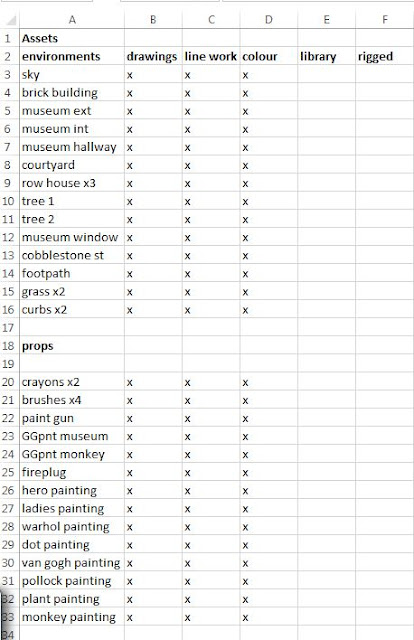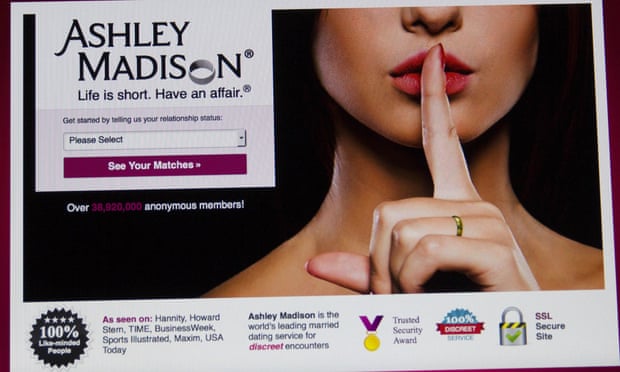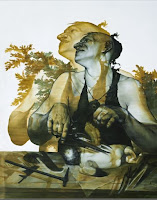Snakes and Ladders: Circus/freak show/Carnival
The body of the game is the Snake and the ladders are 30s era lady acrobats.
New text: See the SNAKE! Climb The LADDERS! to get the excitement level up, like the old posters. Should giant arm have the snake "wrapped around it? What about that tattoo idea from a few weeks ago? Those starry bubble "badges" around the edges extolling the exciting thrills of playing the game?
Must also write 800 words on influences: 400 on game, 400 on clock.
Why can't I think of anything to do for the clock?????
I have an idea for the clock: Beatrix Potter meets Edward Gorey/Tales of Hoffman
Cute little forest animals about to die or be maimed in horrible ways. I have the characters, I just need to put them together in a suitable horrifying situation. It's called "Nightmare Nursery".
400 words on circus/snakes and ladders game
400 words on Nightmare Nursery clock
Beatrix Potter's Art
As a child, Beatrix Potter was encouraged to draw. She spent many hours making intricate childhood sketches of animals and plants, revealing an early fascination for the natural world which would continue throughout her life.
She made realistic studies of animals and birds but her imaginative art features rabbits wearing bibs, and mice whose paws are busy with spinning, knitting and sewing.
On family holidays outside London, she enjoyed sketching landscapes.
Although she never went to school, Beatrix was an intelligent and industrious student. She left a large body of remarkable scientific illustrations of fossils, archaeological finds, mosses and lichens, wild flowers, microscope drawings and, most importantly, fungi, many of which she donated to the Armitt Trust.
Musings on “The Gashlycrumb Tinies”
“A is for Amy who fell down the stairs; B is for Basil assaulted by bears…” That initial couplet, announcing the untimely demise of twenty-six very unfortunate children, has amused and horrified readers – often concurrently – for fifty years.
In 2013 we celebrate the golden anniversary of the publication of The Gashlycrumb Tinies, Edward Gorey’s most iconic alphabet book and likely his best known work. Its images have graced postcards and posters, magnets and mugs: for Gorey lovers and for novices, affection for the Tinies endures. Indeed, The Gashlycrumb Tinies, over its fifty-year history, has never, ever, been out of print. The doleful moppets made their initial appearance within Simon and Schuster's 1963 slip-cased publication of The Vinegar Works. The Gashlycrumb Tinies was included with two companion volumes – The Insect God and The West Wing – billed by Gorey as "Three Volumes of Moral Instruction."
The Edward Gorey House museum in Yarmouth Port, MA is honoring this milestone with its 2013 annual exhibit devoted to The Vinegar Works and a focus on the Tinies alphabet treasured by Gorey readers the world over. The Gashlycrumb Tinies has, in fact, been published in ten languages other than English.
What is it about this masterwork that has kept our attention for a half-century despite condemnation that it is far too dark? Perhaps A. Robin Hoffman said it best: "...the most horrifying thing about The Gashlycrumb Tinies may be that which it declines to show." The text tells us that events have occurred. However, the accompanying art only sets the stage for the tragedies. With “P is for Prue trampled flat in a brawl,” we see neither violence nor mayhem. The masterful Gorey instead shows vulnerable Prue reaching to open the door of a saloon bar. The horror inside waits: the reader is left to complete the action, filling in the pieces leading to Prue's fateful conclusion. Gorey has cast his readers as the villains knowing that we will draw the events of her demise within our own imaginations.
But akin to crouching behind the chair while peering out at a B-horror movie, the Tinies' reader can always close the book – and shut out the impending doom. Yet Gorey has toyed with us. Could it be that instead of presenting us with the blood and viscera that make up much of popular media that Gorey felt no need to go so far? Perhaps he has tweaked us by presenting us only with the possibilities of disaster - and that is quite scary enough, thank you.
So celebrate the anniversary with us and indulge your inner child that likes a good fright. Curl up with a copy of The Gashlycrumb Tinies. Buy yourself a new one because yours is faded, or stained, or worn out – or perhaps you loaned yours and of course it was never returned. Whether you are hard-core enough to buy a Tinies lunch box and send your kid off to school with it, is strictly up to you. We won't judge.
Edward Bradford & Patrice Miller
- See more at: http://www.edwardgoreyhouse.org/gashlycrumb-tinies#sthash.LHdADaY6.dpufhttp://www.edwardgoreyhouse.org/gashlycrumb-tinies
Shockheaded Peter: Moral Tales for Children, 1848
The strict moral codes of Victorian society were often conveyed in children's books. Shockheaded Peter was an immensely popular set of moral tales for children, first translated into English from the German in 1848. Its stories told of the terrible things that might happen to children who broke the rules - children who bit, sucked their fingers or played with matches, for example.
http://www.bl.uk/learning/langlit/dickens/childhood/shockheaded/moraltales.html
https://books.google.co.nz/books?id=b2cYAgAAQBAJ&pg=PA168&lpg=PA168&dq=shockheaded+peter+heinrich+hoffmann&source=bl&ots=uFJI65iAvm&sig=1BBvP58c5N25gRc3ZOiOMAOPyMA&hl=en&sa=X&ved=0CE0Q6AEwCGoVChMI3p-StaXUxwIVxCimCh0tnAJ0#v=onepage&q=shockheaded%20peter%20heinrich%20hoffmann&f=false











































